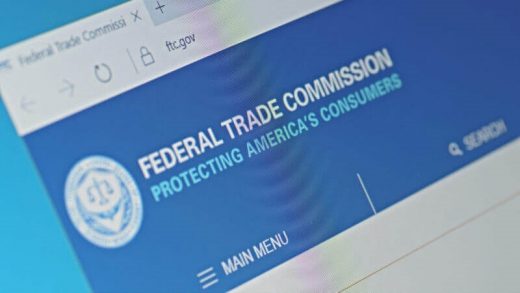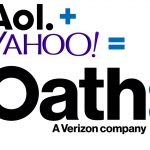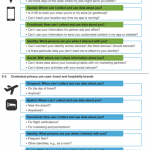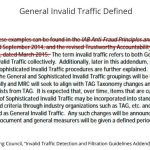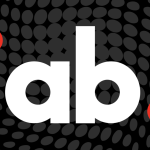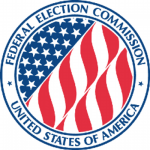What the FTC’s latest endorsement disclosure actions mean for marketers
Regulatory body addresses influencers’ responsibility in making disclosures and the sufficiency of platforms’ branded-content labeling tools.
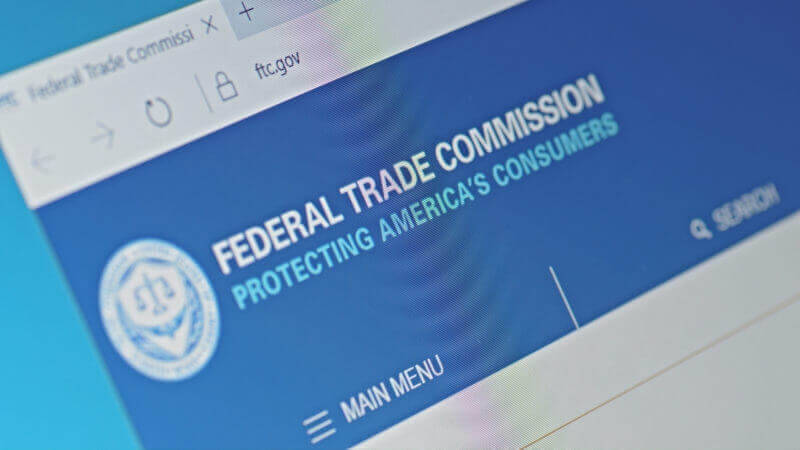
Last week, the Federal Trade Commission (FTC) made a number of moves that paint a somewhat clearer picture of the regulatory body’s stance on influencers’ branded-content disclosures and the tools provided by Facebook, Instagram and YouTube to standardize those disclosures.
First, the FTC announced its first-ever settlement with social media influencers over a failure to properly disclose a brand endorsement deal. While the organization only penalized the influencers that also owned the brand at the center of the campaign, the settlement serves as notice to other influencers that the FTC is no longer only holding brands and the companies representing influencers responsible for not following its disclosure guidelines, according to several experts that specialize in advertising and marketing law.
“In the past they went after [brands such as] Lord and Taylor, Sony, Warner Bros. and Machinima. This is the first time that they’ve gone beyond that in the food chain and basically said that the influencers could be held responsible,” said Linda Goldstein, a partner at law firm BakerHostetler. She had represented Machinima when the digital video network settled deceptive advertising charges with the FTC in 2015 after several YouTube stars hired by Machinima to promote Microsoft’s Xbox One gaming console failed to disclose that the videos were sponsored.
As further evidence of its broadened scope, the FTC sent letters to 21 influencers regarding Instagram posts that appeared to endorse a brand but insufficiently communicated any business relationship between the brand and the influencer. The FTC had previously sent letters to these influencers earlier this year to educate them on the need to follow the FTC’s endorsement guidelines when publishing branded posts on social networks.
The FTC’s latest warnings
Those 21 warning letters and more than 90 educational letters also provide insight into the specific language and placement of disclosures that the FTC has in its crosshairs as insufficient and may eventually take action against. In particular, the FTC reiterates that simply thanking a brand “is probably inadequate” and that disclosures made in a post’s caption should appear within the first few lines of the caption, as opposed to requiring people to click “more” to see it hidden below the fold.
“I wouldn’t be surprised if the FTC lays out the groundwork with these educational letters and these warning letters and then further on down the line, once they can say ‘We’ve established this baseline and everyone should be aware of it,’ then I wouldn’t be surprised if we start seeing some actions,” said Gonzalo Mon, a partner at law firm Kelley Drye who specializes in advertising and marketing law.
“The FTC does show what it’s going to do with its warning letters,” said Allison Fitzpatrick, a partner in law firm Davis & Gilbert’s advertising, marketing and promotions practice group. For example, in 2009, the FTC updated its endorsement guidelines for the first time in 29 years to take into account endorsements made by bloggers. A little more than six months later, the regulator closed its first investigation of blogger-brand endorsement deals by issuing a warning letter to Ann Taylor but deciding not to fine the brand.
Platforms’ disclosure tools ‘not necessarily’ sufficient
Coinciding with the FTC’s latest warnings, the commission has updated the FAQ-style explainer of its endorsement guidelines. Among the more notable additions are the mention of Snapchat’s and Instagram’s ephemeral Stories features — that may disappear after 24 hours but are not lost on the FTC as distribution outlets for branded content — as well as the FTC addressing platform-provided tools that seek to standardize branded-content disclosures. These tools may have offered comfort to brands concerned over how their influencers should properly disclose an endorsement on a platform like Facebook, Instagram or YouTube, but the FTC had not come out and endorsed these tools itself. And it still has not.
A new question added to the FTC’s explainer asks whether platforms’ built-in disclosure tools suffice in meeting the regulator’s standard. “Not necessarily,” according to the FTC. Without naming names, the FTC proceeds to describe two platform-provided disclosure tools that sound similar to Instagram’s and YouTube’s:
For example, on a photo platform, users paging through their streams will likely look at the eye-catching images. Therefore, a disclosure placed above a photo may not attract their attention. Similarly, a disclosure in the lower corner of a video could be too easy for users to overlook.
Earlier this year, Instagram, which is owned by Facebook and originated as a photo platform, began testing a tool for influencers to attach a “Paid promotion with [brand name]” label above their posts; Facebook rolled out a similar branded-content labeling tool last year for posts appearing in people’s photo-and-video-dominant news feeds. Also last year, Google’s YouTube introduced a tool for creators to have the text “Includes paid promotion” appear in the lower corner during the first 10 seconds of a video.
“We believe ‘Paid partnership with’ clearly describes when creators and their business partners have entered into a commercial relationship to post on Instagram. We have worked with industry groups and consumer advocates and will continue to engage with external groups to improve and refine our tools. We want this tool to offer greater transparency for the Instagram community and present a consistent look and feel for branded content on the platform, which is good for every Instagrammer,” said an Instagram spokesperson in an emailed statement.
In response to a request for comment, a YouTube spokesperson cited its policies informing creators that they are responsible for complying with local laws, regulations and its own guidelines.
Facebook did not respond to questions sent on Tuesday asking whether the company had discussed the adequacy of its tool with the FTC and whether it plans to make any changes to the tool to make it more clearly sufficient in light of the updated document.
Lack of approval does not equal disapproval
The FTC appears to be hedging, likely frustrating marketers. However, while it’s not offering these tools a seal of approval, it is unlikely to take action any time soon against brands and influencers that use these tools to make their disclosures, according to legal experts. More likely the FTC is emphasizing that brands cannot be too careful and influencers cannot be too explicit when it comes to communicating an endorsement.
“These tools aren’t completely baked yet. The FTC is not going to bless something that hasn’t been completely rolled out,” said Mon.
The FTC “is intentionally being vague, but it can be interpreted as at least telling marketers’ influencers not to rely on the [tools provided by the] platform,” said Fitzpatrick.
But that doesn’t mean that brands and influencers that have used these tools to make disclosures in the past should fear an impending letter from the FTC.
“Typically, the FTC will go after the most egregious violators. So I don’t think that they want to get into an issue and potentially a litigated issue where someone is embracing a widely used industry standard, has a disclosure that may be pretty damn good but from the FTC’s perspective could be more clear and conspicuous,” said Adam Solomon, a partner at law firm Michelman & Robinson, LLP, who focuses on advertising, digital marketing, promotions and compliance.
Instead of the regulator “rushing out to penalize or bring action against any brand that believes it is making sufficient disclosures with the tools Instagram gave them,” Fitzpatrick said it’s likely that the FTC will use the updated document to undergird discussions with the platforms about how to make their tools’ labels more sufficient and to underscore to brands the need for clearer disclosures and more active involvement in ensuring those disclosures are made.
How brands should respond
All of the legal experts interviewed for this article asserted that the more active a brand is in taking responsibility over the influencers it hires to ensure they make the proper disclosures, the more forgiving the FTC will be when evaluating any examples that run afoul of its guidelines.
“The FTC does give consideration to what they call ‘mitigating factors.’ In this post-Machinima world, what’s most important to the commission is whether a brand actually has proper procedures in place to monitor for compliance,” said Goldstein.
Joseph Lewczak, a partner at Davis & Gilbert, prescribed in an email the actions marketers should take following the FTC’s most recent moves: “The main takeaways from these most recent actions are the same takeaways that I’ve been talking to my clients about for years:”
- Have a contract with your influencers that requires disclosure.
- Train influencers on expected disclosures. Better yet, provide the disclosures you want influencers using and ensure it’s easily understood and posted in a clear and conspicuous manner.
- Monitor what your influencers are doing.
- Correct failures to disclose or terminate influencers who are not compliant.
Marketing Land – Internet Marketing News, Strategies & Tips
(29)

